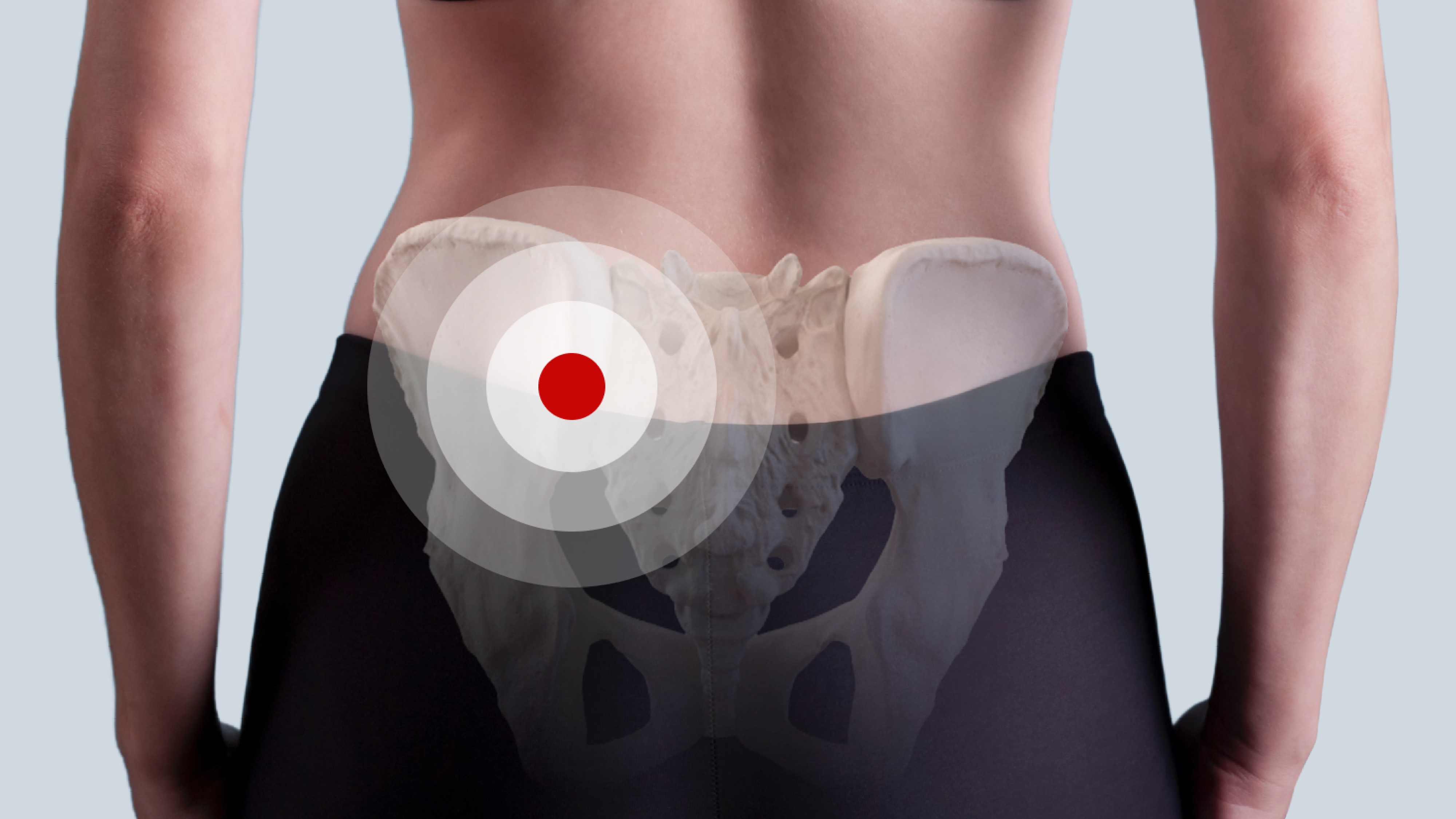Causes For Sacroiliac Joint Dysfunction
- A traumatic event or impact: either a combination of vertical compression and rapid rotation (i.e. carrying a heavy object and twisting), or an impact, such as car accident or a fall. Pain can occur suddenly or can develop over time (degeneration).
- Pregnancy: Hormones are released to loosen ligaments and joints to prepare for childbirth, which changes the way the SI joint moves and makes it less stable. Extra weight also puts more stress on the SI joints, leading to additional wear. SI joint dysfunction may be temporary or may last long after childbirth.
- Abnormal walking pattern: If one leg is shorter than the other, or you favor one leg when you walk because of pain, it can lead to SI joint pain.
- Spine surgeries: Fusing vertebrae reduces flexibility in the spine, which can increase stress on the SI joint.
- Infection: In rare cases, the SI joint can become infected and degenerate.
- Previous iliac crest bone graft (ICBG)
- Arthritis. Wear-and-tear arthritis (osteoarthritis) can occur in sacroiliac joints, as can ankylosing spondylitis — a type of inflammatory arthritis that affects the spine.

Do you think you may have SI joint pain? Make sure to talk to a doctor trained in SI joint diagnosis and treatment.
Get More Info Directly from a Representative in Your Area
Simply fill out this request form and a representative in your area will personally reach out to you with more information.
"*" indicates required fields

